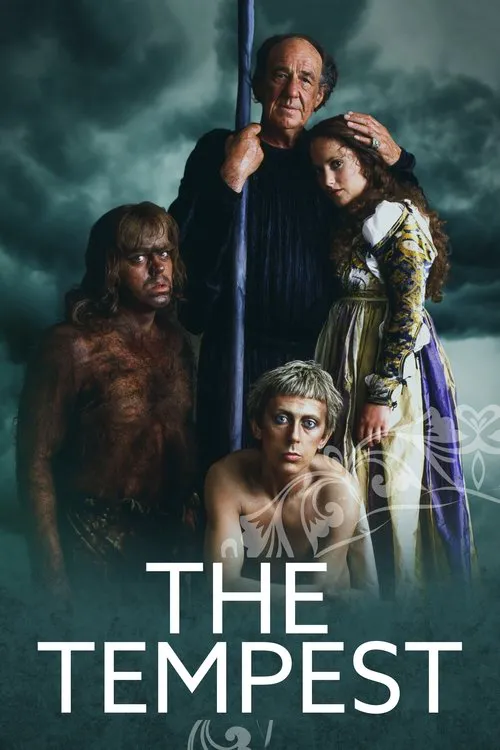The Tempest

Plot
In the midst of the tempestuous sea, a ship is struggling to stay afloat, its fate seemingly sealed. Among its passengers are the usurping Duke of Milan, Antonio, and his friend, the King of Naples, Alonso, along with his loyal and wise advisor, Gonzalo. They are headed for a shipwreck, one orchestrated by Prospero, the rightful Duke of Milan, who has been waiting on the enchanted island of his captivity. Prospero, a master of the mystic arts, has managed to secure a position of dominance on the island through his association with supernatural creatures. Among these are the spirit Ariel, bound to him by a promise of freedom, and the deformed and brutish Caliban, whom Prospero has taught and yet is simultaneously held in contempt by the former. Alongside them is the lovely and innocent Miranda, Prospero's daughter, who has grown up in solitude with her father. As the tempest rages on, the passengers and crew of the ship are thrown into chaos, desperately attempting to escape the wrath of the sea. Prospero watches from the shore, guiding the tempest and carefully directing the events to unfold as he desires. In his quest for revenge, Prospero has set a trap for those who wronged him in the past. The ship crashes onto the island's shores, sending its survivors into a world of confusion and panic. Among the stranded is Ferdinand, Alonso's fair-haired and noble son, who immediately falls for the charms of Miranda. The two young lovers' innocent and tender interactions provide a striking contrast to the darkness of the tempest that has befallen them. Meanwhile, Antonio and Alonso, Prospero's sworn enemies, find themselves at odds over the cause of the shipwreck and their own fate. Caliban, however, seeks to take advantage of the chaos, planning to overthrow Prospero and assert his own dominance over the island. His motivations, though fueled by a desire for mastery, are also driven by a twisted sense of revenge against the noble Prospero, who he sees as having wronged him in the past. As the drama unfolds, a delicate balance of relationships is revealed. Prospero, though driven by a thirst for vengeance, is a complex figure, driven by a desire to see justice done, rather than simply to indulge in malicious satisfaction. His motives are also tinged with paternal love and concern for his daughter, who has grown into a beautiful and radiant young woman, uncorrupted by the harsh realities of the world they have left behind. In time, Prospero's plan for revenge begins to take shape. He has Ariel and Caliban both serve him in different ways, but with differing intentions. Ariel assists him by manipulating the spirits of the island to further his goals, while Caliban's actions are often driven by a more selfish desire for power. Through a series of ingenious machinations, Prospero orchestrates a series of events that will expose the guilt of Antonio and Alonso. As tension and suspense build, the stage is set for a climactic confrontation between Prospero and his enemies. But even as the final scene unfolds, the complexities of Prospero's character are revealed in their full depth. He is a master, a magician, but more than this, he is a father, driven by a fierce love for his daughter, and a deep sense of responsibility for his past failures. As the survivors of the ship are forced to confront the consequences of their actions, Prospero begins to make his peace with the past, realizing that true victory is not in exacting revenge, but in finding forgiveness and moving forward. His words and actions convey a deeper message, one that transcends the plot of the play and speaks to the human condition. In the end, the tempest subsides, and order is restored to the island. Prospero breaks his staff, a symbol of his magical power, and forgives his enemies, showing that forgiveness is sometimes just as powerful as revenge. With his daughter by his side, Prospero is finally able to return to Milan, to reclaim his dukedom, and to start anew.
Reviews
Recommendations


